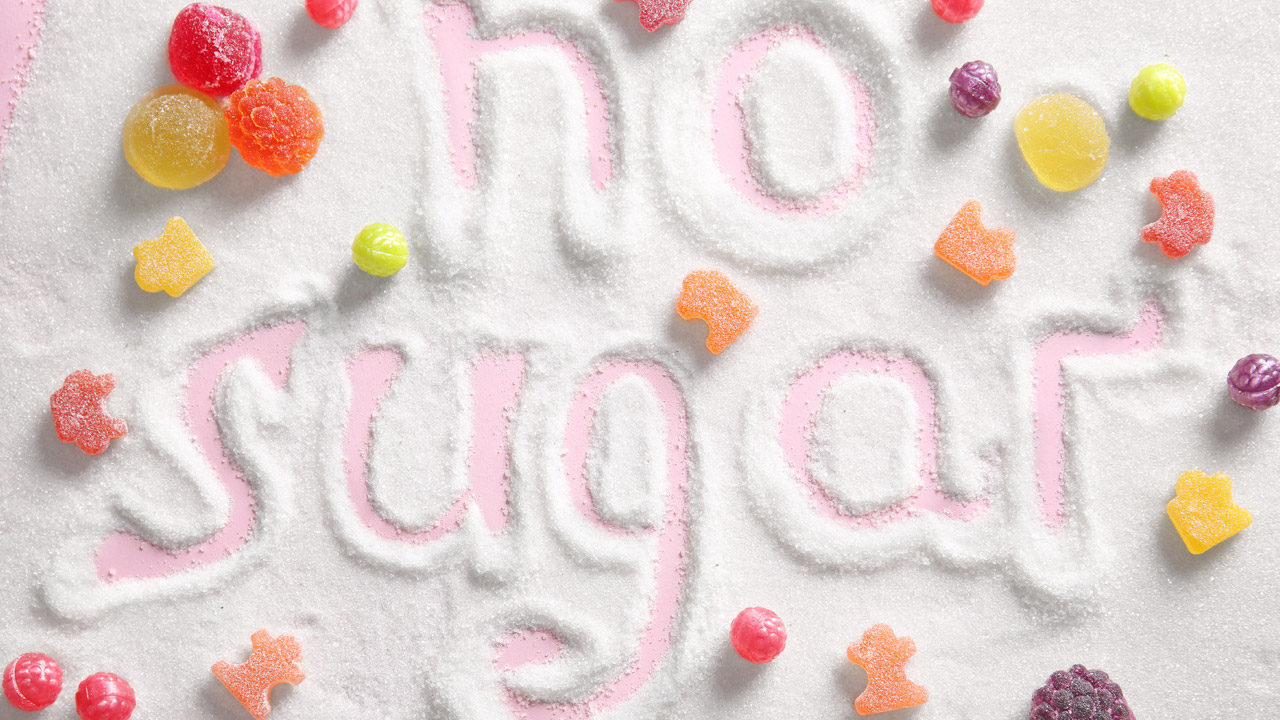The Truth Behind ‘Sugar-free’ Foods for Weight Loss

Hey Angels and Alphas,
Whether you realize it or not, in today’s diet-conscious society, many people are under the false impression that low-calorie and “sugar-free” foods are somehow the “safe” option when trying to lose weight.
People believe that since low-fat and fat-free programs are not naturally discernible on the labels, they’re somehow safe and effective. This notion may seem overly optimistic to some, but it’s a total myth.
The number one health threat in the United States is being overweight.
Studies suggest that over fifty percent of all Americans over the age of twenty-five are either overweight or obese. Obesity rates are higher in certain pricier destination states: typically states with greater obesity problems tend to coincide with states that comparatively display lower interest in online searches for weight loss programs.
Whether a program is designed to help you shed a few extra pounds or to start a weight-loss journey of a couple dozen pounds, there’s always going to be the element of cutting down on sugar.
Healthy and natural weight loss happens through portion control and exercise, and that’s completely normal, but cutting down on sugar is often the first step taken in portion control.
One of the drawbacks to ‘going sugar-free’ is the human brain’s inability to differentiate between sweetness and the many different tastes associated with other ‘sweet’ foods.
The usual ‘sweet’ flavor associated with foods like carbonated drinks includes syrup, molasses, and applesauce, often at fifty percent concentration.
Besides the monosaccharide glucose, these sweet substances also contain other simple and polysaccharide fatty acids (saturated fat) and amino acids (protein), as well as vitamins and minerals.
But would you be surprised to learn many low-calorie or “sugar-free” foods contain more added sugar and generate a worse insulin response in your body than foods high in sugar?
The most common combination of sugar and additives include aspartame and aspartyl, and many of these sugar-free foods include additional additives like sweeteners, emulsifiers, and preservatives. And not in small amounts, either.
So what can you do about it? How do you avoid falling into the trap of “sugar-free” foods that actually halt back your weight loss progress?
When it comes to soup or appetizers, sugar-free is pretty much always good! Unless they are chock-full of added ingredients, soups and appetizers can be low in carbohydrates and sugar. Minestrone and Barley Broth soups and V Due soups house many vegetables that will work well with your digestive system (and not to mention, they’re quite filling.)
Another bonus is that some soups, like V Due, carry barley bran inulin, an important source of fiber.
Go for Low-fat Cheese! Unless it’s an ‘ido’ variety and you absolutely cannot do without it, the fundamental difference between cheese and low-fat cheese is that you will never see nearly enough fat on the labels. Low-fat cheese, such as cheddar, has two to four grams of fat in a half-ounce portion – not the slimmest amount in the market. ‘
There really are two rules associated with cheese: low-fat and extra-low-fat. Cheese made with whole (or reduced fat) milk generally has lower saturated fat than the same size portion of the cheese with less favorable fat, sodium, and cholesterol. However, cheese can be a healthy addition to most diet programs. Parmigiano-Reggiano is low-fat, rich in calcium variation, and it even helps to lower blood pressure.
Extra-low-fat cheeses like Ricotta contains higher saturated fats, as well as cholesterol and sodium. As a bonus, they are also higher in calcium, which is known to lower total cholesterol and LDL cholesterol – the bad types of cholesterol.
Master Label Deciphering! When buying quick weight loss products and meals, make sure you read the label carefully and try to examine the way at which these foods were processed. If it says “low-cal,” “no salt,” or “no sugar,” make sure that’s also reflected on the nutrition label.
Making & buying quick weight-loss products takes time, so don’t be quickly and painfully picky of labels and ingredients.
If you want to lose weight, one of the best things you can do for yourself is to make sure you learn how to read and understand labels.
Eating for weight loss is all about taking the bottom or the first few ingredients off of every food package you purchase. Recognize those ingredients that are EVERYTHING (including harmful sodium, additives, and added sugars) and remove them from your daily routine.
The better your food plan is for natural weight loss (instead of chemically-manufactured or processed foods), the better your results will be and the healthier you and your body will feel.





